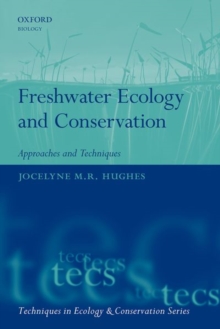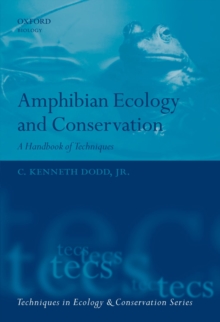
Forest Ecology and Conservation : A Handbook of Techniques PDF
by Adrian Newton
Part of the Techniques in Ecology & Conservation series
Description
Forest conservation has become one of the most important environmental issues currently facing humanity, as a result of widespread deforestation and forest degradation.
Pressures on remaining natural forests continue to intensify, leading to high rates of biodiversity loss.
Understanding how human activities influence ecological processes within forests is essential for developing effective conservation action. This book describes research methods and techniques relevant to understanding forest ecology, with a particular focus on those that are relevant to practical conservation and sustainable forest management.
This information is currently disparate and difficult to locate and, as with other books in this series, the intention is to provide a comprehensive synthesis for use by graduate students, researchers and practising conservationists.
Methods are presented for assessing forest extent andcondition, structure and composition, and forest dynamics at a variety of scales.
Techniques for assessing genetic variation and reproductive ecology, and for evaluating the habitat value of forests are also described.
Particular emphasis is given to state-of-the-art techniques such as remote sensing,GIS, computer modelling and molecular markers.
However, traditional methods of forest mensuration and ecological survey are also presented.
The methods and techniques described are generally applicable to all forest types, including both temperate and tropical forest ecosystems.
Information
-
Download - Immediately Available
- Format:PDF
- Publisher:OUP Oxford
- Publication Date:17/05/2007
- Category:
- ISBN:9780191524356
Information
-
Download - Immediately Available
- Format:PDF
- Publisher:OUP Oxford
- Publication Date:17/05/2007
- Category:
- ISBN:9780191524356










